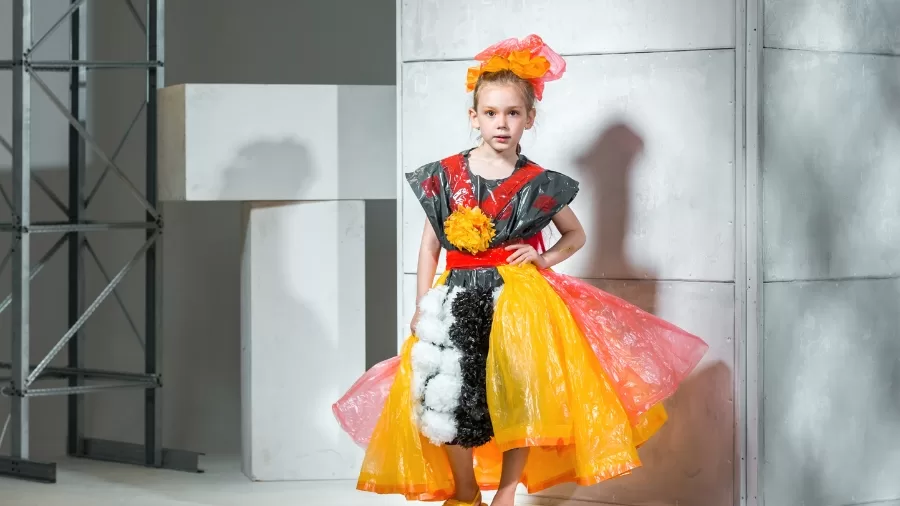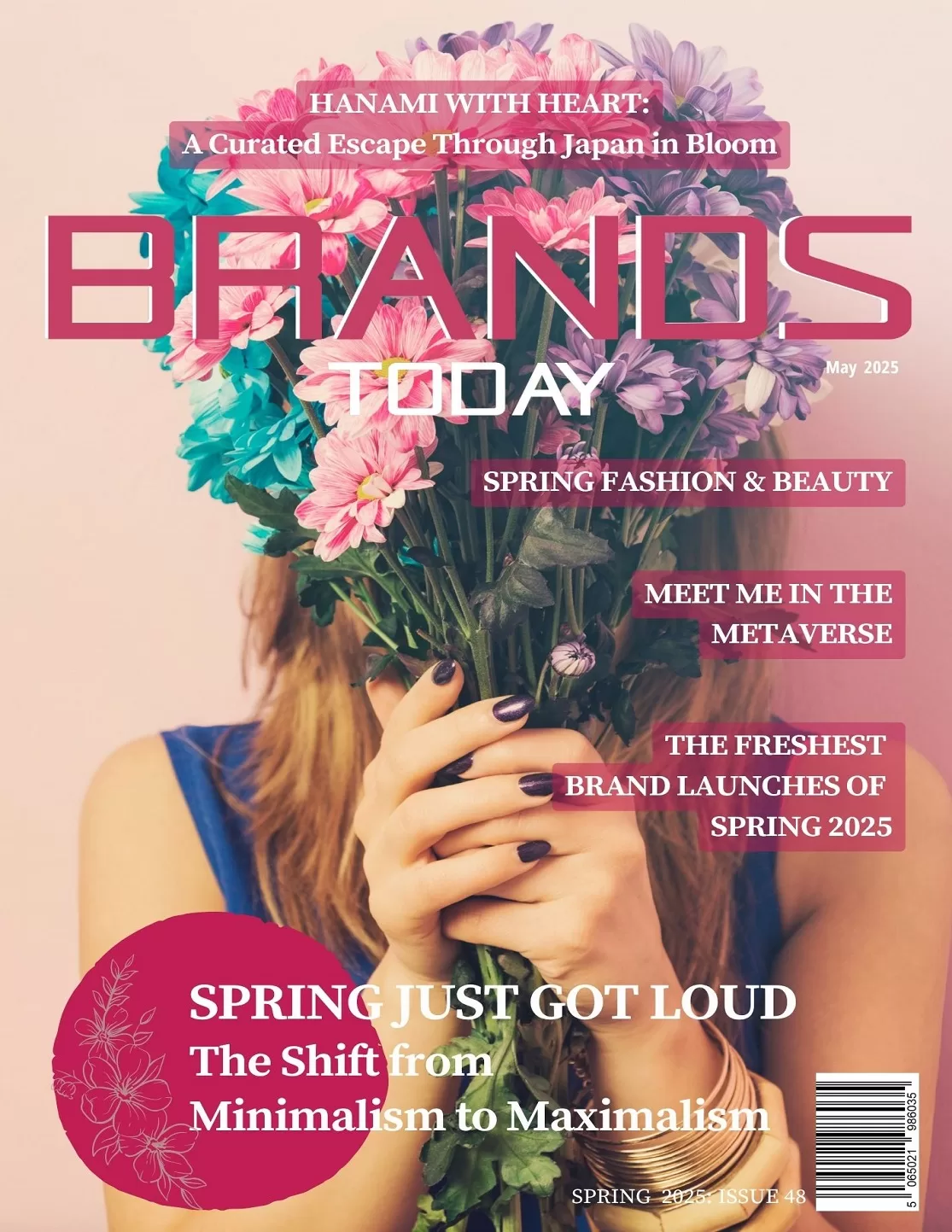Fashion
Personalised Fashion: A New Era of Self-Expression in Style

- Personalised fashion has become a common trend, offering emphasis and content to oneself and individualism through clothes like bags or monogrammed T-shirts.
- Personalisation will grow with technological advances and sustainability, inspired by celebrities and enhanced by consumer demand.
Fashion has historically functioned as a medium of expression for the self; currently, there is a storm of personalisation about how fashion is handled. Personalising fashion today includes everything from monogrammed bags to T-shirts adorned with clever slogans; it is no longer just for elites, but for everyone. What does that mean for consumer affairs in this industry, which is fast becoming a booming trend—streetwear today?
The Wonders of Personalisation Through Fashion
Personalisation in fashion offers what mass markets cannot: exclusivity. With the age of fast fashion much at its peak, having a unique item makes a powerful statement about who you are. Personalisation widens the base for consumers to go beyond the boundaries of common designs, and what they create would truly represent who they are. If it means a jacket embroidered with the initials of the person or shoes with a person’s name embossed on their heels, personalised fashion lets people make decisions about their wardrobe for themselves and thus get closer to those things that they wear in their person.
High-street retailers, such as Zara, H&M, and Uniqlo, have already resulted in this trend through in-store embroidery, thereby making available the option of making additions to items of clothing to their customers. Online platforms, such as Etsy, have turned into your sneaker, even more pedals for your keychain-things to socks. From this, personalisation reaches beyond the elite and is now luxury, democratised and accessible to all; it has become more widespread.
Influence of Celebrities and Social Media
The explosion of individualised fashion is deeply indebted to the roles played by celebrities as well as through social media as sources of influence. Celebrities such as Beyoncé, Rihanna, and Kylie Jenner can be seen wearing bespoke garments, from safari jackets with monograms to nameplate necklaces and others not so easily known. Their huge followings on social media have helped in making personalisation in fashion a much-coveted thing. These celebrity endorsements are transforming niche-labelled items into symbols of luxury and exclusivity.
As fans seek to copy their idols, personalisation has become one of the most sought-after ways in which to stand out. Unique clothing made specifically to enhance individuality catches on in a world that throws out mass-produced things at the drop of a hat.
Consumption Makes Personalisation from Generic
Generational trends—which can be traced back to a larger change in purchasing behaviour—are increasingly pointing in the same direction. Greater individualism creates an increased desire for products that represent one’s style and identity. The rise of e-commerce and digital platforms has made it easier for brands to offer personalised experiences to their consumers. The consumer now seeks more than simply a product: it must speak as if it were meant for him/her, whether it be initials, favourite quotes, or designs.
This change has become clear among younger consumers, where self-expression is brought to the fore. When brands let consumers personalize the colours, patterns, and even text in their products, customizing has become a necessary feature in online client shopping.
When things are customisable, they become something more than just a plain purchase, but an extension of the person.
Is Personalised Fashion Just a Passing Trend?
Therefore, the speculations among people are that, as time goes by, personalised fashion becomes more fashionable, whether it will all amount to nought. With a growing number of fashion brands that are introducing customisation, the once-borderless characteristic of personalised fashion could fade. The flexibility of personalisation ensures that it is here to stay. The increased accessibility at various prices in even high-end fashion is maintained.
In fact, with the advancement in 3D printing and AI-powered design tools, personal clothing customisation could also be made available to a broader audience. Such consumers could indeed go on to get a singular piece manufactured without any hassle. Sustainable fashion also influences future personalisation reinforcements because made-to-order items are non-waste creators and allow for more ethical buying.
Personalisation with Culture
Essentially in fashion and expression, it is through symbols, writing, and other means that individuals will claim to own and distinguish it from others. This culture began in ancient times, such as Egypt, where the pharaoh gave hieroglyphics to their belongings and craftsmen to mark their tools in mediaeval times. The personalisation for ownership has been continuous since then.
Personalisation as self-expression emerged in the 20th century because personalisation became very affordable as mass production influenced the cost at which one could get clothes. The 80s, 1980s, and 1990s had an increased level of personalisation in fashion.
According to history, among the personalisation accessories that came into existence and derived from a fashion trend is Carrie’s nameplate jewellery in Sex and the City. This trend line emerged in the late 1990s; it had wider implications, showing how tags were designated as ethnic pride and struggle within marginalised communities, especially those of Black and Latino ethos. The world today continues using personalisation in fashion as speaking for itself, may it be a T-shirt with some kind of slogan or some kind of monogrammed leather jacket.
New Fandom with Radicality in Personalised Fashion
Nowadays, personalised fashion does not only resonate with one’s style sense but even calls forth identity issues to belong. In this age of social media and self-branding, people increasingly define similarity or likeness. Almost anything can be personalised, from a custom-made jacket to an exclusive pair of trainers, and this allows one to express their uniqueness in the increasingly homogenised society.
The habit of representing our faces on T-shirts sweats out a cute but broad cultural transformation. It’s a sort of self-respect and adroitness that transforms one’s identity into a wearable piece of art. As impossible as that seems to put your face on a T-shirt, the current trend has continued to gear up, particularly thanks to such platforms as Etsy and TikTok, where, while quirky and ironic, users may embrace fun self-promotion through fashion.
The Future of Personalised Garment Design
Regarding the future, personalised fashion is poised to continue evolving. As technology continues to grow by leaps and bounds, consumers will be given even more opportunities to create and own truly one-of-a-kind garments. Personalisation combined with sustainability would bring big changes to the fashion industry, offering eco-friendly, tailor-made products that reduce waste by encouraging responsible consumption.
In the end, personalisation in fashion is more than just a passing trend. It shows a much greater transformation of consumer values into showing ownership in the choice of personal expression from clothes we wear to connections that mean something to us and missions that add value to our consumption of these products. Whether it is in a monogrammed jacket, personalised T-shirt, or drinking bottle, through personalisation, everyone can have the privilege to wear those identities.























































